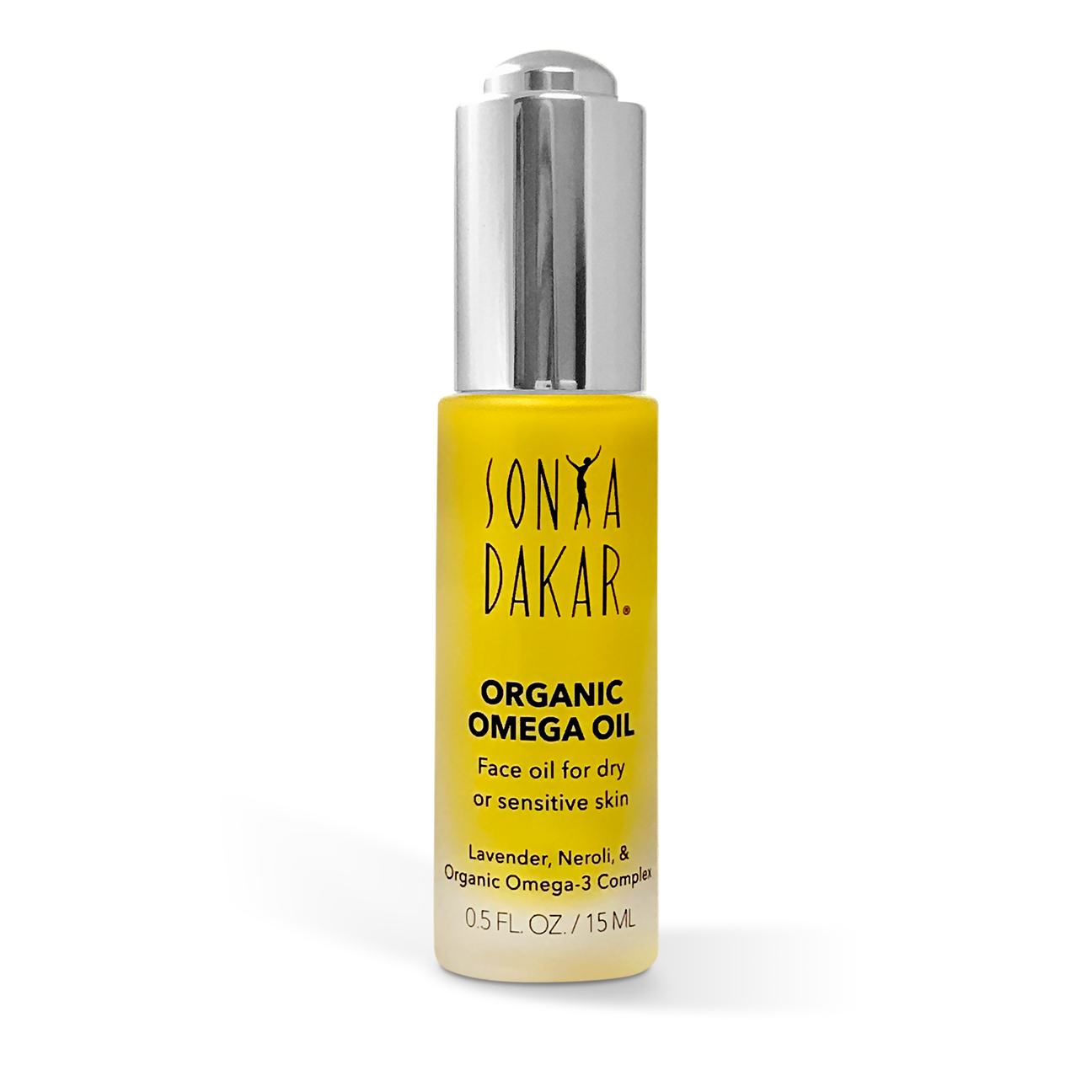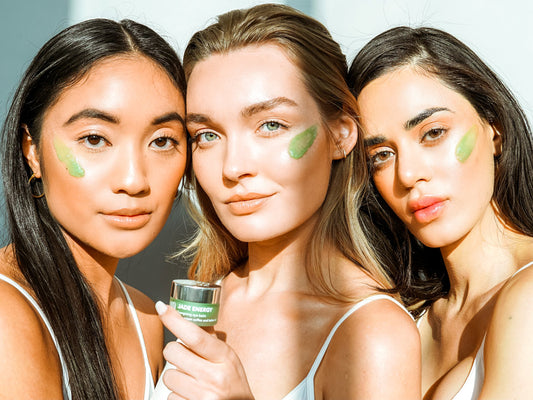
Understanding Rosacea Part 1: Causes and Triggers
Part 1 of 3
An estimated 16 million people have rosacea in the US. Characterized by easily flushed skin, redness and often small, red, pus-filled bumps on the face, rosacea is a skin disease often mistaken for acne or other skin conditions. Aside from being commonly misdiagnosed, another factor that makes rosacea equally frustrating is it’s erratic nature (better known as “flare-ups”) - triggered by both internal and external factors. Commonly shifting from mild to extreme, rosacea can be difficult to identify and ultimately treat.
Rosacea Causes
While the medical community is unsure of the cause of rosacea, there is a strong indication of it being a hereditary condition, as a high percentage of patients with rosacea have a close relative with the condition. It is also believed that abnormalities in the blood vessels can cause rosacea. While the cause of the condition is not certain, there is a great body of evidence pointing to triggers that cause flare-ups.
Rosacea Triggers
Triggers of rosacea flare-ups will vary from person to person. Factors that cause external heating and subsequent dilation of blood vessels are often link to rosacea flare-ups.
Rosacea External Triggers:
Sun exposure: The most noted trigger for flare-ups is sun exposure. While the sun's UV rays can cause much damage to skin and worsen rosacea, the ability to damage blood vessels throughout the face is the most serious concern — often causing mild rosacea sufferers to progress quickly into the moderate-to-severe stages. It's worth noting that even short-term exposure of 20-30 minutes can worsen a rosacea flare up.
Winds, cold, dry weather: These are brutal stressors on the skin and can easily escalate even the mildest case of rosacea.
Saunas, hot baths or showers: Though they are quite enjoyable, the prolonged contact with heat will further dilate capillaries and further aggravate rosacea.
Cosmetics and skin care: Especially those containing alcohol, sulfates, menthol, fragrance or other known skin irritants.
Rosacea Internal Triggers:
- Stress and anxiety: The most common internal trigger for rosacea flare-ups; stress distorts the body’s ability to monitor and control proper function. Any pre-existing conditions are often made worse by prolonged stress.
- Alcohol: Alcohol dilates blood vessels, which will make a red face look redder. Red wine also contains chemicals called tyramines a compound that dilates vessels even more. Close to 90% of rosacea patients who have limited their alcohol consumption have reported a reduction in frequency of flare-ups.
- Spicy food: Sriracha and spices that “kick it up a notch”, cause flushing and dilation of capillaries which kicks-up a rosacea condition.
- Medication: Certain medications throw your body off balance which in turn can cause flare-ups.
Now that we've identified causes and triggers, our next entry in the rosacea series will address the much misunderstood issue of diagnosing the condition. A vast number of those with rosacea are either not aware they have the condition and simply think they have “rosy cheeks”, acne or “some kind of breakout.” Correctly diagnosing the condition allows for better prevention and more effective treatment.




